Deck & Commander Strategies
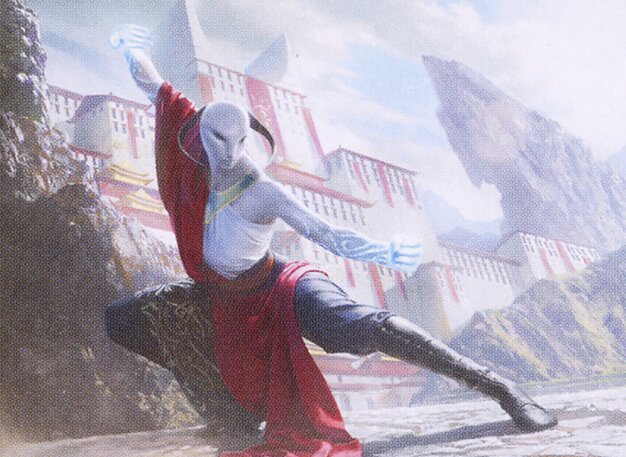
Elsha of the Infinite
Flash-based spell-slinging that leverages casting spells off the top of the deck with cost reduction and Treasure token generation to gain card advantage and win through combo or overwhelming value.
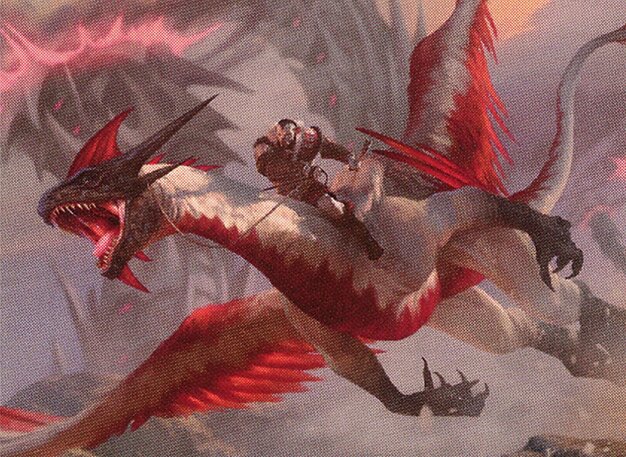
Zurgo and Ojutai
Aggressive midrange with dragons and spell-slinging, using card filtering and disruption to apply commander damage pressure and control the pace of the game.
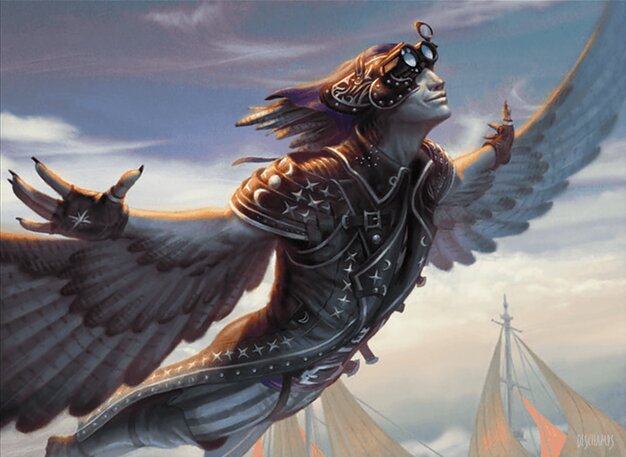
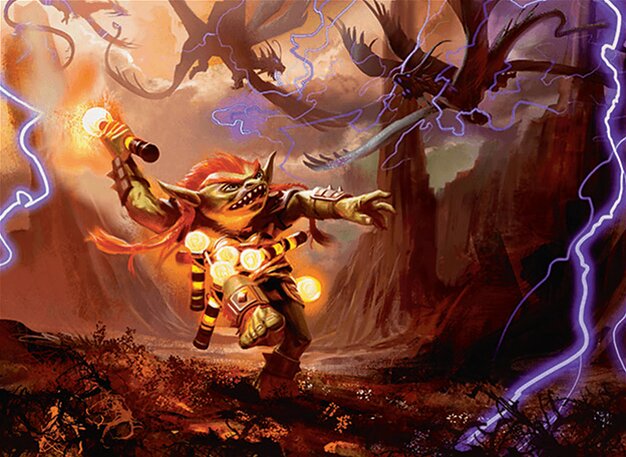
Malcolm, Keen-Eyed Navigator / Vial Smasher the Fierce
Aggressive pirate tribal and combo-oriented deck focused on Treasure generation, creature damage triggers, and fast mana to execute combos and pressure opponents quickly.
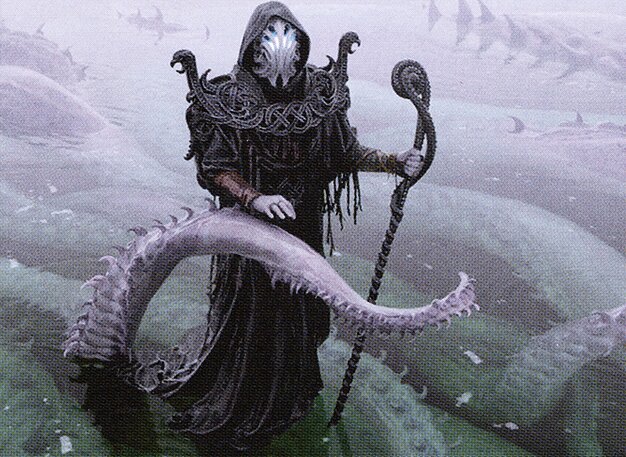
Orvar, the All-Form
Mono-blue control and value deck that duplicates permanents for incremental advantage, aiming to outvalue opponents in the late game through copying creatures and artifacts.
Gameplay Insights
- 1
Hidden's use of flash and spells cast off the top allowed him to maximize his card advantage and maintain a reactive posture while disrupting opponents with counterspells and removal.
- 2
Spencer leveraged Zurgo's aggressive commander damage combined with efficient card filtering from anticipates and monologue tax to maintain pressure and disrupt opponents' hands.
- 3
Devon's aggressive treasure generation and combat damage triggers created significant mana advantage quickly, enabling him to deploy high-impact threats and combos.
- 4
Jeff's Orvar deck focused on copying key artifacts and permanents to build incremental value, using Soul Ring and Urza's Saga to ramp into powerful spells and board states.
- 5
The interaction around Power Balance and the timing of counterspells like Swan Song was critical in preventing Spencer from gaining dominance through Zurgo.
- 6
Discard and hand disruption effects like Felwar Stone and Tormod's Crypt were used effectively to slow down opponents' key spells and combos.
- 7
The synergy between artifact mana ramp, Treasure tokens, and spell-slinging was a recurring theme that enabled explosive turns and maintained tempo.
Notable Cards
-
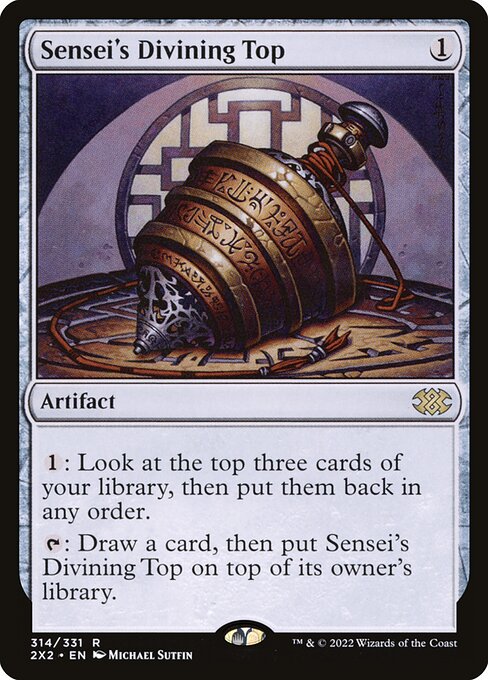
Sensei's Divining Top
-

Swan Song
-

Monologue Tax
-
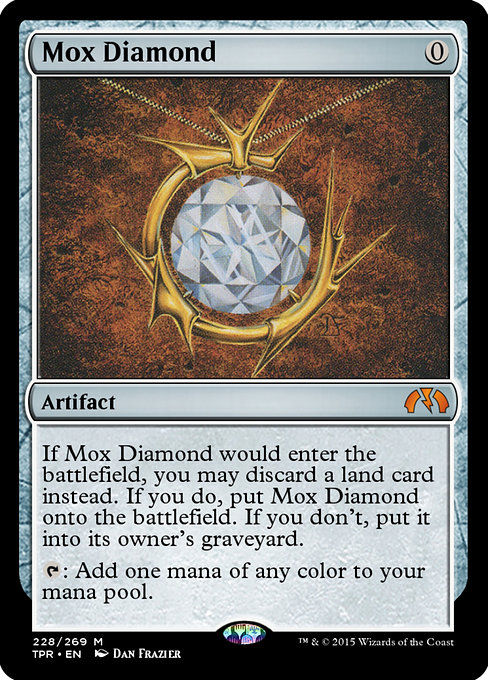
Mox Diamond
-
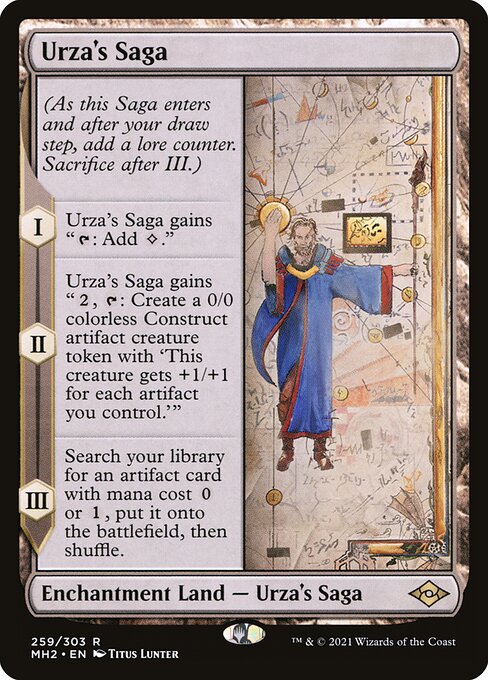
Urza's Saga
-
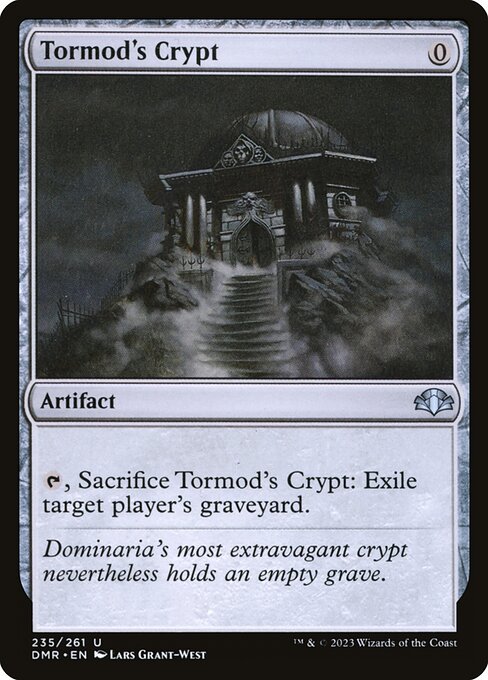
Tormod's Crypt
-
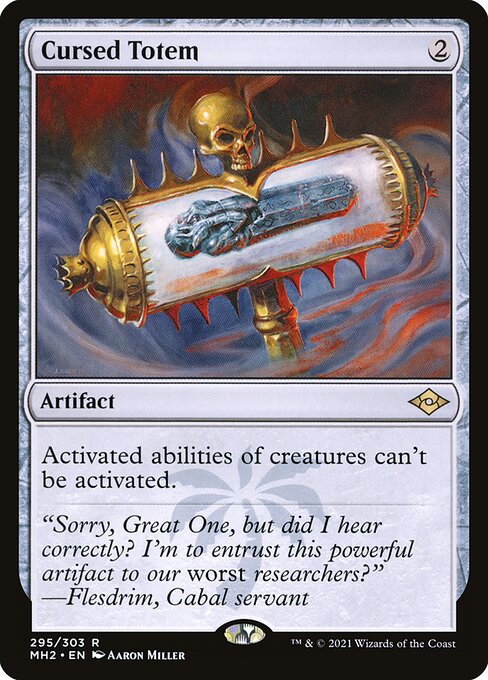
Cursed Totem
-

Arcane Signet
Gameplay Summary
The game started with all players establishing their mana bases and deploying early ramp and utility artifacts such as Mox Diamonds and Lotus Pedal.
Hidden on Elsha of the Infinite utilized a flash-based spell-slinging strategy, aiming to cast spells off the top of his deck while reducing costs with cards like Sensei's Divining Top and leveraging Treasure token generation.
Spencer on Zurgo and Ojutai applied pressure with dragons and card advantage engines, frequently utilizing anticipates and monologue taxes to sculpt his hand.
Devon piloted a Malcolm and Vial Smasher deck focused on aggressive pirate synergy, combo potential, and token generation with Treasure producers like Siren Stormtamer and Facebreaker, using creature damage triggers to whittle down opponents.
Jeff's Orvar deck aimed to capitalize on copying permanents and incremental advantage, slowly building toward a dominant late game with value engines like Soul Ring and Urza's Saga. Key turning points included Hidden's use of Power Balance and protection spells like Swan Song to maintain board presence and disrupt opponents' plays, while Devon's aggressive attacks and treasure generation established significant tempo and mana advantage.
Spencer's repeated use of Zurgo's commander damage and spell-slinging disruption kept pressure on the table.
The interactions around monologue tax and artifact synergies were pivotal in maintaining card advantage to fuel further plays.
Devon's eventual casting of a fully loaded Lively Dungeoneer and reanimation of Orcish Bowmaster created strong board threats that were partially mitigated by Hidden's defensive plays.
The game showcased a dynamic balance between aggressive damage output, spell interaction, and value accumulation through incremental advantage, with each player leveraging their deck's core strengths to attempt to outpace the others.





































![FOOD CHAIN for Thought [S1G11] ELSHA v PROSSH v MALCOM|VIAL v FIRST SLIVER thumbnail](https://i.ytimg.com/vi/ey9aaFiyJxw/sddefault.jpg)






![Random Deck Roulette! [Commander VS 291] | Magic: the Gathering Commander Gameplay thumbnail](https://i.ytimg.com/vi/L2Xh88xu-bk/sddefault.jpg)
![Commander VS S17E2: K'rrik VS Gerrard VS Volrath VS Elsha [EDH] thumbnail](https://i.ytimg.com/vi/yfRsKaCJCSA/sddefault.jpg)